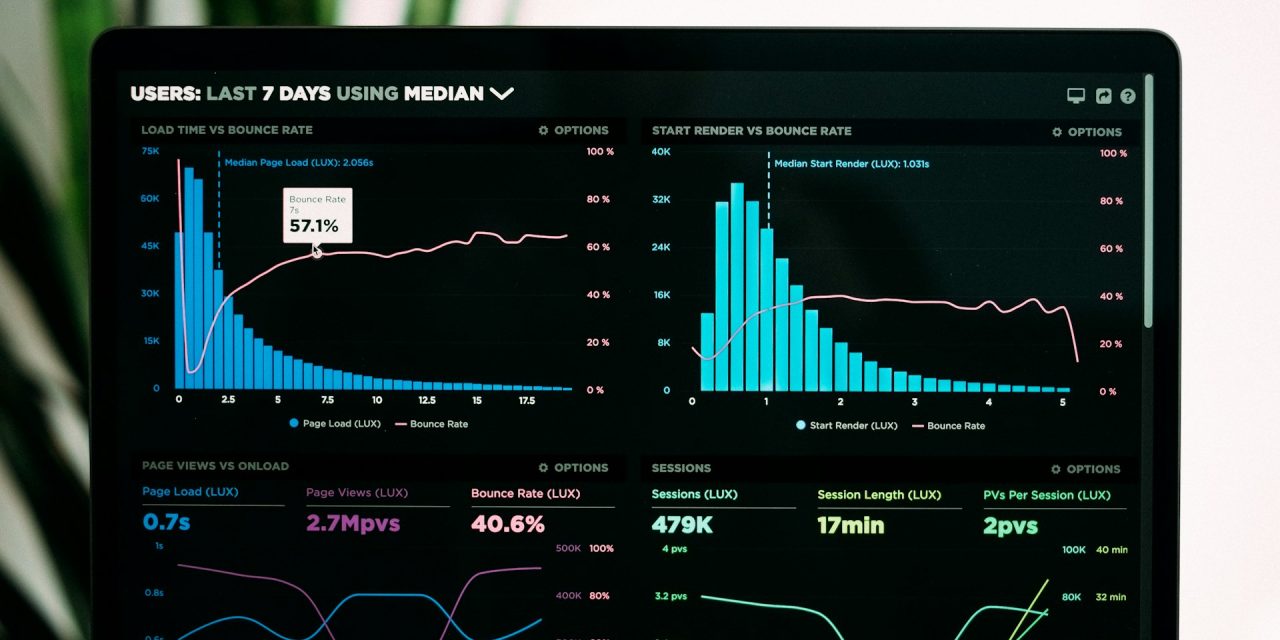Should you switch RPA Platforms?
You have implemented Robotic Process Automation (RPA), the automated processes are operating.
Things are steady – could they be better?
Why consider Switching RPA Platform?
Technology is constantly changing and RPA vendors are on different journeys.
The market analysts have collectively placed UiPath, Automation Anywhere, Blue Prism and Power Automate as the leading pack for several years.
The position of other vendors and Open Source options have evolved with some overlap from the newer AI products.
Does the current market perception of your existing RPA vendor matter?
As a business have your strategic IT vendors changed or have they altered your perception of the RPA market?
Has your experience of implementing RPA changed the view of what is important?
For example, the balance between development costs, support requirements and licence fees may be viewed differently based on experience.
It seems unlikely that any single new technical feature would be strong enough to motivate a change of RPA platform as it is likely that the competitive market for new business means that all RPA vendors cover a broad core range functionality.
Any individual new feature is likely to become available from an existing provider in time.
An existing RPA vendor might become a business risk if it is a minor player in the market or if it is acquired by a software vendor that is not exclusively focused on RPA.
The licence models from different vendors do evolve, some are per robot, some per user and some are a PAYG model. How well any of these fit with the automations deployed by a business may well change over time.
The big difference from a licence model perspective is that with Open Source solutions there are no on-going licence costs but potentially there is a significant support risk.
What would be involved in switching RPA Platform?
The assumption for a switch is that “Like for Like” functionality is delivered for the business.
The re-developing of the automation using the new platform, should have the advantages that the specification is clear, plus test data and test cases should already exist.
For an in-house team, there would be new skills to be acquired for both the development and operation of the new platform.
The effort to perform the testing of the new development, the creation of the new operating environment and work to perform the final switch over would be one-off costs.
There would be a question whether such a change of RPA Platform should be “Big Bang” or a gradual cut-over, one automation process at a time.
Where the RPA Platform is more than execution of Robots and includes “Task Discovery Processes” or “Insight Reporting”, the migration would be more difficult and less likely to be “Like for Like”.
Tools for Switching RPA Platform
As some large organisations have discovered significant separate investments in RPA technology from different vendors within their global businesses, it is perhaps not surprising that a market in tools for switching RPA Platforms has emerged.
The most widely known tool is “BluePrint” (https://www.blueprintsys.com/). This has a well defined migration process and connectors to the leading RPA technology vendor platforms.
The concept being that an existing RPA deployment can be analysed and documented in the BluePrint platform, then it can be re-generated into any of the connected platform technologies that are support by the software.
A different approach is also emerging with the rapid growth in LLM with products such as ChatGPT. These have created more capability to generate code solutions. One aspect of which is the ability to generate RPA Bots.
Currently such generation is probably considered to be a 1st draft by many RPA developers, but in a migration scenario that could be a significant saving for a business.
It is likely that the LLM based technology is enhanced by businesses in the Tools market to enhance their capabilities and extend the range of RPA platforms that are covered as well as the quality of RPA Bots that are produced.
Automation as a Service
Once the subject of Switching RPA Platform is on the agenda, perhaps the slightly broader question of Automation as a Service needs to be considered.
Switching from an existing RPA Platform to another might improve costs or improve the strategic fit of a software vendor, but from a business perspective, the automation just needs to work for an acceptable price. Automation as a Service might be that option.
A scenario where an existing RPA Platform automation is “Outsourced” to an Automation as a Service provider is an option. That provider might initially operate the existing code on their hosted implementation for that technology vendor.
If in the future, the provider changed the technology, should the business be concerned?
The business requirements about functionality, security and certainty of outcome are probably independent of the technical implementation.
Annual Review
Undertaking an annual review of the automation programme is likely to be useful for most business. It may re-affirm the investment in the current RPA Platform or at least consider the question of switching RPA Platform.
Article Author
David Martin
Managing Director, Ether Solutions
https://www.ether-solutions.co.uk/







